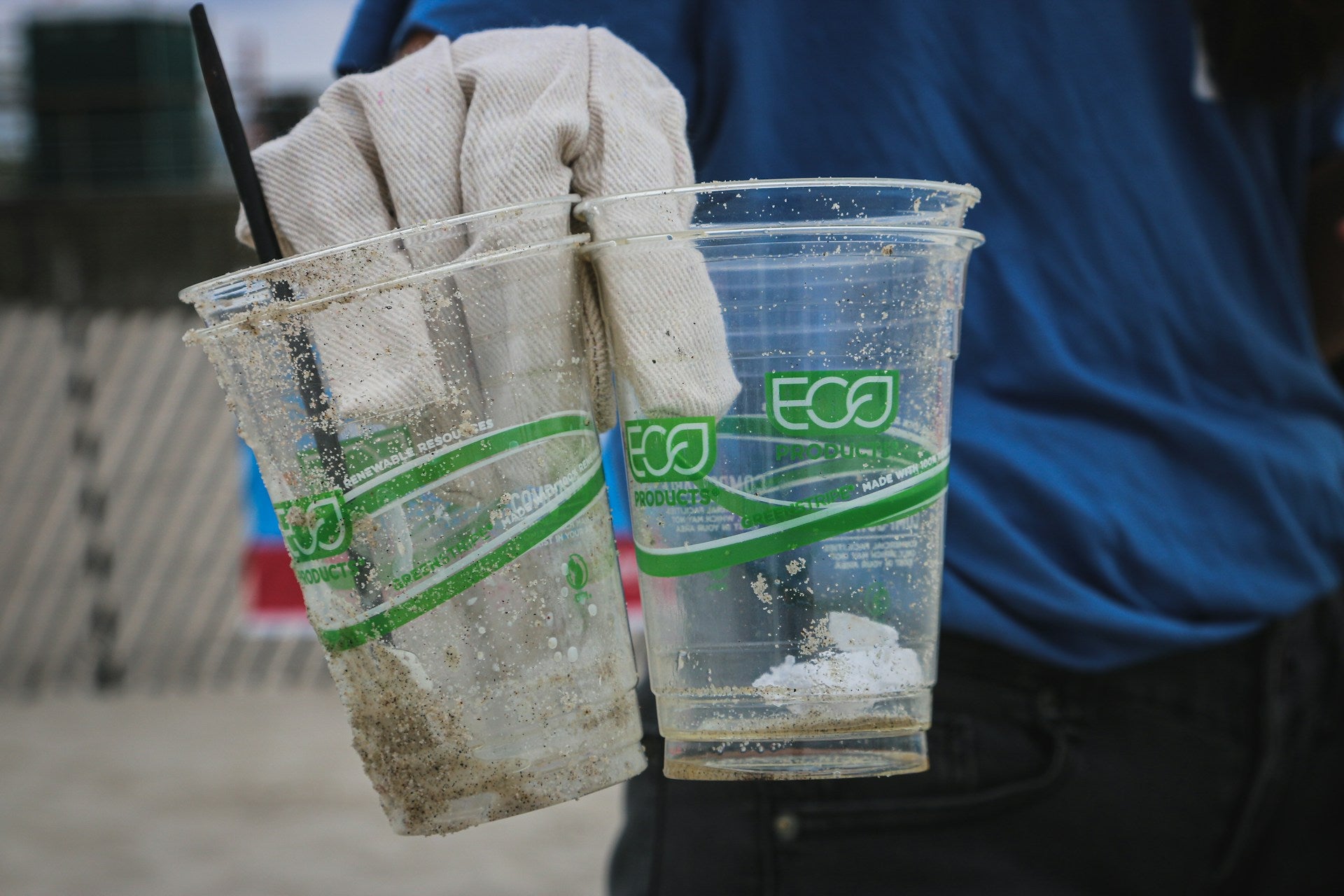

Environmental Impact of Different Types of Plastics and Why PHA is a Superior Choice
Plastic waste has become synonymous with environmental pollution, posing significant challenges to ecosystems, wildlife, and human health. To mitigate this issue and embrace eco-friendly practices, the food service industry has been steadily shifting towards alternative materials, with a particular focus on compostable and biodegradable options. Among these alternatives, PHA (polyhydroxyalkanoate) stands out as a groundbreaking solution, offering tangible environmental benefits compared to traditional plastics and other biodegradable materials.
In this article, we will delve into the environmental impacts of different types of plastic materials, such as petroleum-based plastics, bioplastics, and compostable plastics, examining their production processes, waste disposal methods, and overall ecological footprint. By understanding the varying effects of these materials on the environment, we can better appreciate why PHA-based compostable cocktail straws, disposable straws, and drinkware represent a superior choice for the food service industry.
With environmental awareness on the rise, restaurants and bars must be informed of the most ecologically responsible options available to remain competitive and appeal to eco-conscious consumers. Join us as we explore the environmental impact of various plastics and uncover why PHA has emerged as the frontrunner for sustainable food service packaging solutions.
Examining Petroleum-based Plastics
Petroleum-based plastics, such as polyethylene (PE), polypropylene (PP), and polyvinyl chloride (PVC), are widely used in various industries, including food service packaging. Derived from nonrenewable fossil fuels, these plastics pose various environmental concerns throughout their life cycle.
- Production: The production of petroleum-based plastics releases greenhouse gases, contributes to air pollution, and consumes large amounts of energy.
- Waste Disposal: The majority of conventional plastics are not biodegradable and can persist in the environment for hundreds of years, leading to plastic pollution and its associated negative impacts on ecosystems, wildlife, and public health.
- Recycling: While many petroleum-based plastics can be recycled, the recycling rates remain relatively low, with only a fraction of plastic waste being recovered for recycling. Moreover, each recycling process can degrade the quality of the plastic, limiting the number of recycling cycles a plastic material can undergo.
Understanding Bioplastics
Bioplastics, such as polylactic acid (PLA) and polyhydroxybutyrate (PHB), are derived from renewable resources like corn starch, sugar cane, or other plant-based materials. While bioplastics may offer some advantages over petroleum-based plastics, they still present certain environmental challenges:
- Production: The production process for bioplastics still consumes energy and water and can result in greenhouse gas emissions, although typically less than their petroleum-based counterparts.
- Waste Disposal: Bioplastics like PLA require specific conditions for biodegradation, such as those found in industrial composting facilities. If not disposed of properly, bioplastics may not biodegrade effectively, contributing to waste accumulation.
- Competition with Food Sources: The use of food crops for biopolymer production can create competition for resources with food production, raising concerns about the sustainability of this approach.
Exploring PHA: A Superior Compostable Plastic
In contrast to petroleum-based plastics and some bioplastics, polyhydroxyalkanoates (PHA) present a more promising solution in terms of environmental impact:
- Production: Derived from renewable resources, utilizing waste streams or non-food crops, the production of PHA reduces reliance on fossil fuels and minimizes competition with food sources.
- Biodegradability: Unlike other plastics, PHA degrades effectively in a variety of environments, including soil, water, and marine habitats, avoiding the problems associated with plastics that persist in the environment or require specialized disposal methods.
- Lower Carbon Footprint: PHA production typically results in lower greenhouse gas emissions compared to petroleum-based plastics, contributing to a reduced carbon footprint.
Benefits of PHA in Foodservice Packaging
When it comes to foodservice packaging, the advantages of PHA make it an ideal choice for compostable cocktail straws, disposable straws, and drinkware:
- Versatility: PHA material can be customized to possess various physical properties, such as strength, flexibility, and heat resistance, enabling the creation of suitable products for the diverse requirements of food service establishments.
- Compostability: PHA-based compostable straws and drinkware break down efficiently under both industrial composting conditions and natural environments, ensuring responsible disposal and minimal waste contribution.
- Consumer Appeal: With growing environmental concerns among consumers, the adoption of PHA-based packaging solutions demonstrates a commitment to sustainability, bolstering a business's eco-friendly image and reputation.
PHA's Superiority at a Glance
To recap, here's a comparison of petroleum-based plastics, bioplastics, and PHA in terms of their environmental impact:
- Production: While petroleum-based plastics consume non-renewable resources and emit greenhouse gases, PHA materials offer an environmentally friendly alternative derived from renewable resources.
- Biodegradability: While some bioplastics require special composting conditions, PHA can biodegrade effectively in various environments, making it a versatile option for waste management.
- Overall Environmental Impact: PHA's lower carbon footprint, biodegradability, and reduced competition with food sources make it a superior choice in terms of environmental sustainability.
Conclusion
Examining the environmental impacts of petroleum-based plastics, bioplastics, and PHA reveals that PHA-based compostable straws and drinkware provide a superior and sustainable option for the food service industry. As one of the most promising compostable materials available today, PHA's versatility, biodegradability, and reduced environmental impact contribute to a more sustainable future for our planet.
Ready to adopt a greener approach for your food service establishment? Check out our range of PHA-based compostable drinkware and biodegradable straws at Anu Drinkware, which offers an eco-friendly and innovative solution for your packaging needs.



